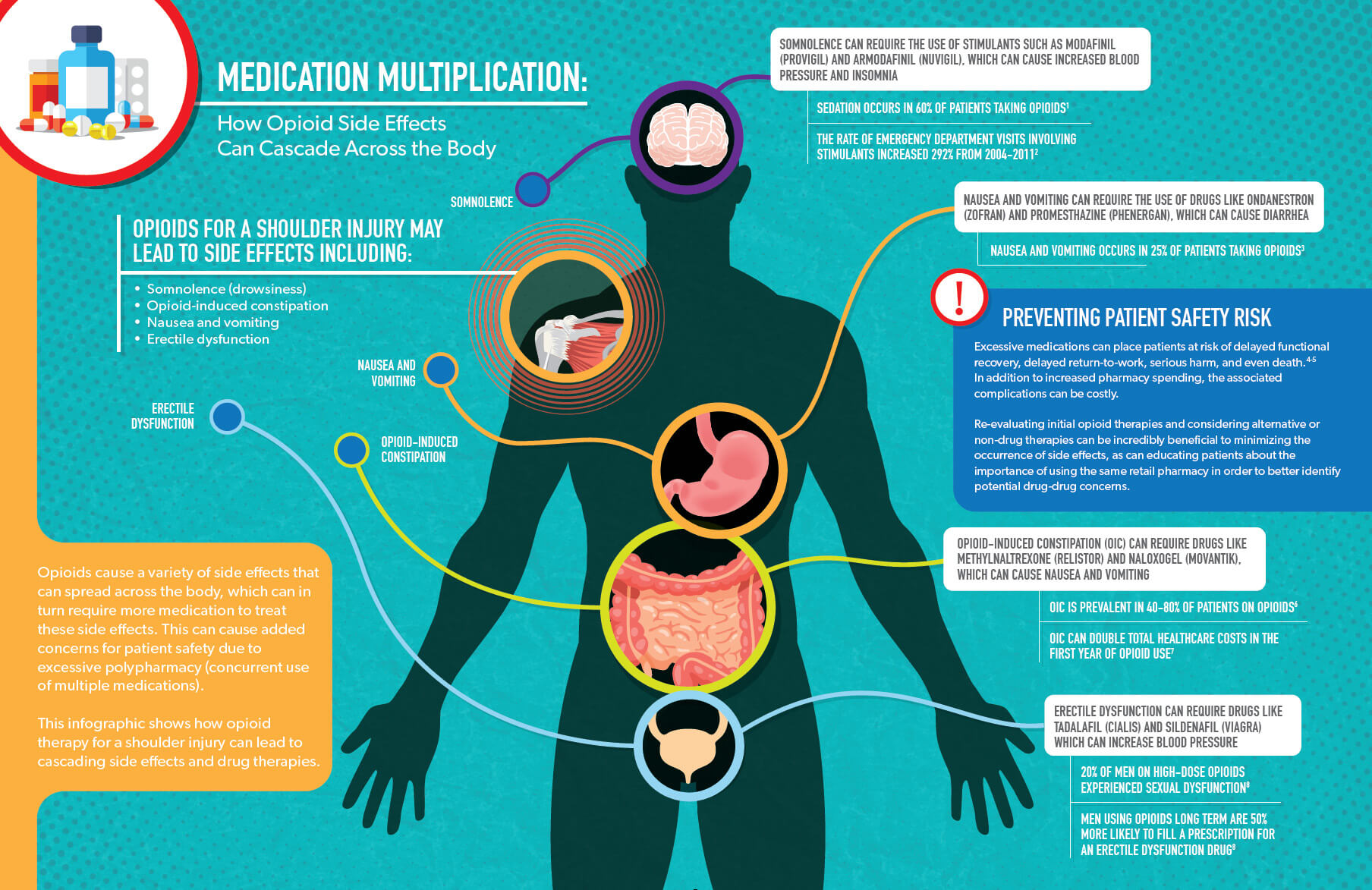RxInformer
Since 2010, the semi-annual RxInformer clinical journal has been a trusted source of timely information and guidance for workers’ comp payers on how best to manage the care of injured worker claimants and plan for the challenges that lay ahead. The publication is an important part of Healthesystems’ proactive approach to advocating for quality care of injured workers while managing the costs associated with treatment.

